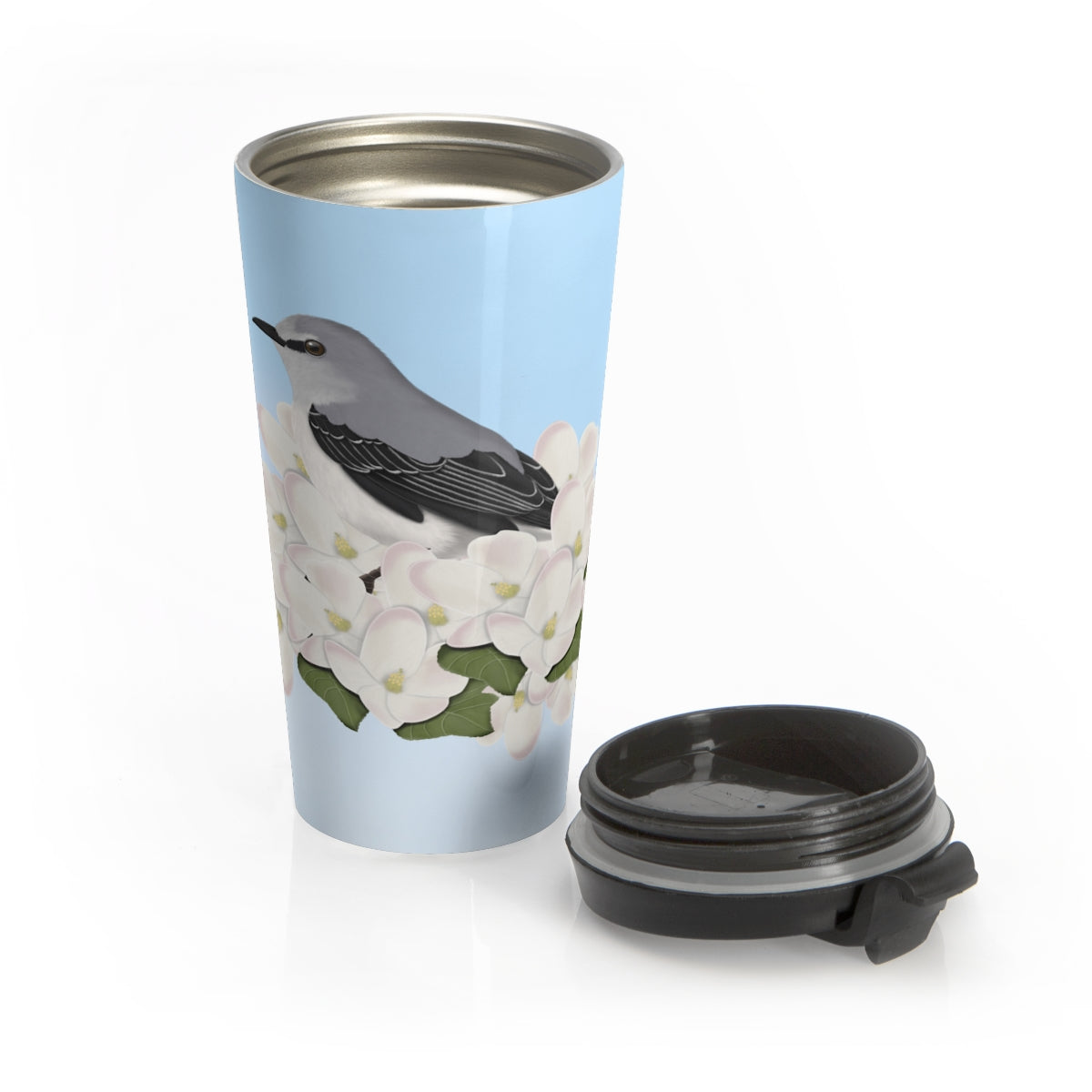
The Puffin - An Interesting Seabird
Share
The puffin, also known as the "clown of the sea," is a unique seabird that captures the hearts of many with its colorful appearance and interesting behaviors. Let's delve into the world of this captivating bird and learn more about what makes it so special.
What makes the puffin stand out?
With its distinctive black and white plumage, bright orange feet, and colorful beak, the puffin is easily recognizable. In fact, during the breeding season, their beaks take on a vibrant hue, making them even more eye-catching. These birds are not only beautiful but also incredibly agile in the water, using their wings to "fly" underwater in search of fish.
Where can you find puffins?
Puffins are primarily found in the northern hemisphere, with large populations inhabiting the coasts of the North Atlantic and North Pacific oceans. They often nest in burrows on cliffs or in rocky crevices, where they can be seen coming and going as they forage for food.
What do puffins eat?
Puffins are skilled hunters, diving into the water to catch fish such as herring, sand eels, and capelin. They can hold multiple fish in their beaks at once, allowing them to bring back a hearty meal to their chicks waiting in the burrows. In fact, puffins are known to carry an impressive amount of fish back to their nests, sometimes even more than 10 fish at a time!
How do puffins communicate?
Communication among puffins is essential, especially during the breeding season. These birds are known for their distinctive calls, which they use to establish territories, attract mates, and communicate with their young. Puffins are social birds that form large colonies, where they can be seen interacting with one another through a series of calls and displays.
Overall, the puffin is a remarkable seabird that continues to captivate bird enthusiasts and nature lovers alike. From their striking appearance to their fascinating behaviors, there is no doubt that the puffin is a truly special bird of the sea.













